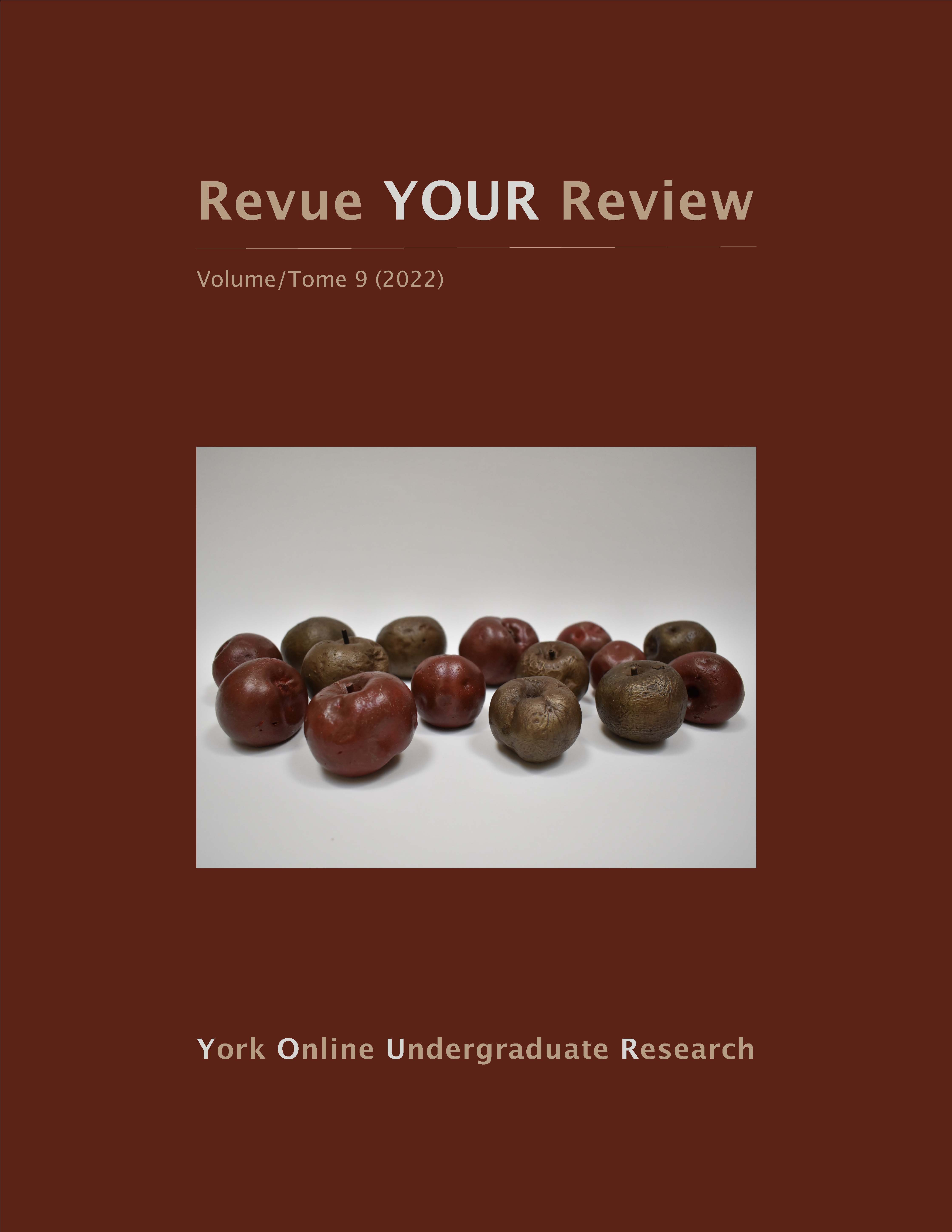Exploring the Wind-Evoked Escape Response in Cockroaches
Résumé
This paper explores the wind-evoked escape response behaviour in cockroaches through the lens of Tinbergen’s four questions: adaptation, phylogeny, mechanism, and ontogeny. Research for this project has been compiled through a literature review of scholarly articles. Research into adaptation (how the trait increases the fitness of the species) of behaviour serves the cockroach as it permits the creature to escape predators and survive. Examining the phylogeny (how a certain trait evolved) reveals that only some cockroaches have developed the specific response. Two potential theories were found. One postulates that the evolution of a thinner cuticle increased the need for the behaviour and the other attributes it to an evolution in wings. The mechanism of the behaviour (the underlying biological function) is widely understood through the numerous studies previously conducted. Examining the ontogeny of the behaviour (lifetime development) produced conflicting results. Some studies indicate that younger cockroaches have a stronger escape response while others state that it is older cockroaches. Further research needs to be conducted into the questions of phylogeny and ontogeny to better understand this behaviour.
Téléchargements
Publié-e
Comment citer
Numéro
Rubrique
Licence

Cette œuvre est sous licence Creative Commons Attribution - Pas de Modification 4.0 International.
Les auteurs qui contribuent à la Revue YOUR Review acceptent de publier leurs articles selon une des trois catégories de la licence 4.0 : Creative Commons Attribution 4.0 International; Creative Commons Attribution-Pas d'Utilisation Commerciale 4.0 International; ou Creative Commons Attribution-Pas de Modification 4.0 International. Tout contenu éditorial de ce site ainsi que les affiches et les résumés sont sous la licence Creative Commons Attribution-Pas de Modification 4.0 International. Pour plus d’informations, veuillez voir :
https://creativecommons.org/licenses/
Dans tous les cas, les auteurs conservent leurs droits d’auteurs et concèdent à la Revue YOUR Review le droit de première publication. Les auteurs peuvent, par la suite, conclure d’autres accords de distribution non exclusifs de la version publiée dans ce périodique (par exemple, l’afficher à un dépôt institutionnel ou le publier dans un livre ou dans un autre périodique) à condition que la reconnaissance fasse mention de la publication originale dans la Revue YOUR Review.


